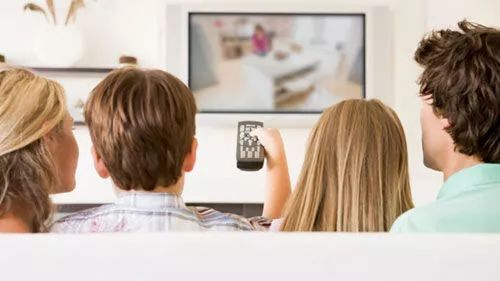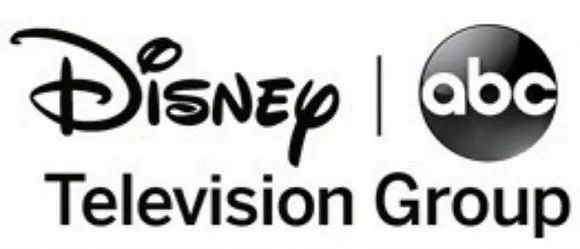Last year, U.S. digital advertising spent more than TV commercials, and many people declared that "TV died." However, at this year's Beet.TV conference in Miami, participants agreed that such a statement is premature. In panel discussions, attendees from leading television media in the United States shared relevant insights on how "the decline in television viewing was misunderstood."
Traditional TV industry faces difficulties and challenges
The host of the conference, Ashley Swartz, CEO of FuriousCorp, pointed out at the beginning of the conference that "the living room screen will not disappear," but the television industry does face some challenges. The multiple predicaments faced by the traditional TV industry are ultimately due to the saturation of television viewing time. At the same time, some large technology companies in the industry are just waiting for a share.
eMarketer's research data shows that from 2017 to 2018, American viewers will spend 12 hours and 8 minutes per day on video content. Swartz said, "With only 24 hours a day, we can't make more time, so the problem is that the total video consumption time is no longer flexible."
Many advertisers are using technology to reduce media spending, and Internet giants such as Amazon, Apple, Facebook and Google are gradually showing their interest and ambition. Therefore, TV media needs to develop its media monetization strategy.

There are rumors that Amazon is developing a Prime video service that is profitable by advertising, which is Amazon's challenge to monopoly on Facebook and Google digital advertising. In October, Google announced the official release of TV Content Explorer, a TV content resource manager.
TV social properties
Although the TV industry faces some challenges, the time for thinking about "TV evolution or death" is over. The key is how to adjust the strategy and seize the changing needs of advertisers and viewers.
According to the Interactive Advertising Bureau’s survey, more than 90% of the 13-64-year-old U.S. population watch two or more people (the groups of two or more people) watching TV together. For "co-viewing".

The study also found that OTT viewers engage in other brand-related activities while watching TV. Many people discuss the brands they see on TV on social media, or eventually search for relevant brands on the Internet.
These research findings clearly demonstrate that viewers of both cable TV and OTT TV are still social groups, so the challenge for advertisers and content providers is how to attract viewers and how to present value in such experiences.
New industry environment, new rule definitions
Anna Bager, senior vice president and general manager of IAB, said, “Although I don’t know the exact numbers, I can be sure that OTT TVs are more valuable because if users search for content in a big way, they must be very interested. "The new industry environment also raises a question for advertisers: "Is the meaning of prime time changed?"
For example, if a user watches an episode of his favorite program at the noon and the same user watches TV in a traditional prime time, it will have the same value for the advertiser. She further explained that “Now users will specifically watch Something, instead of turning on the TV at random and doing something else."

Bager compared the current state of addressable television, or OTT advertising, with five years ago in mobile advertising. She suggested that "the OTT TV we see now is like the mobile media we faced five years ago, although the future is Uncertainty, no one knows what will happen in the future, how can it be realized, but now we have a little understanding."
Satisfying social attributes Branding content
In 2016, the Disney-ABC Television Group and AMAC Group jointly initiated a user study that once again verified the social nature of television viewing. More than 86% of respondents said that word of mouth communication is an important way to discover premium content. In addition, one-third of the more than 2,000 respondents said that they chose to watch a TV program in order to discuss it with family and friends.
Marco Forte, senior vice president of the Disney-ABC Television Group, said, "The content is still king, but customers need to confirm that the quality video they purchase is indeed what the user likes to see." The survey also found that users are still actively looking for quality content, but Its search methods are constantly changing, from video tapes to video on demand to websites and apps.

This idea prompted the Disney-ABC Group to provide customers with products that created various opportunities for customers to participate in free social media (earned properties), such as Facebook, Snapchat and other channels. "Like Morning America, many of our programs are conversational and sharing. This is a very important form. No matter how we develop, we always strive to provide our customers with social services."
For advertisers, these emerging video viewing models present a new challenge - viewers' expectations for brand-to-user interactions have changed, and a 6-second TV ad has appeared. Forte stated that "Disney-ABC Group is very willing to continue to learn and try", they are already exploring how to better integrate the brand into native TV content.
For example, Disney-ABC has partnered with Google Home to integrate the brand into the popular TV series “Modern Family†and to incorporate brands such as CokeZero and American Family Insurance into Jimmy Kimmel’s latest show.
Forte said, “In the eclipse that happened once in a hundred years ago, we included the promotion of the new Eclipse model in the news report on the solar eclipse. This kind of common content promotion is the way we prefer. There will be more attempts in this area."